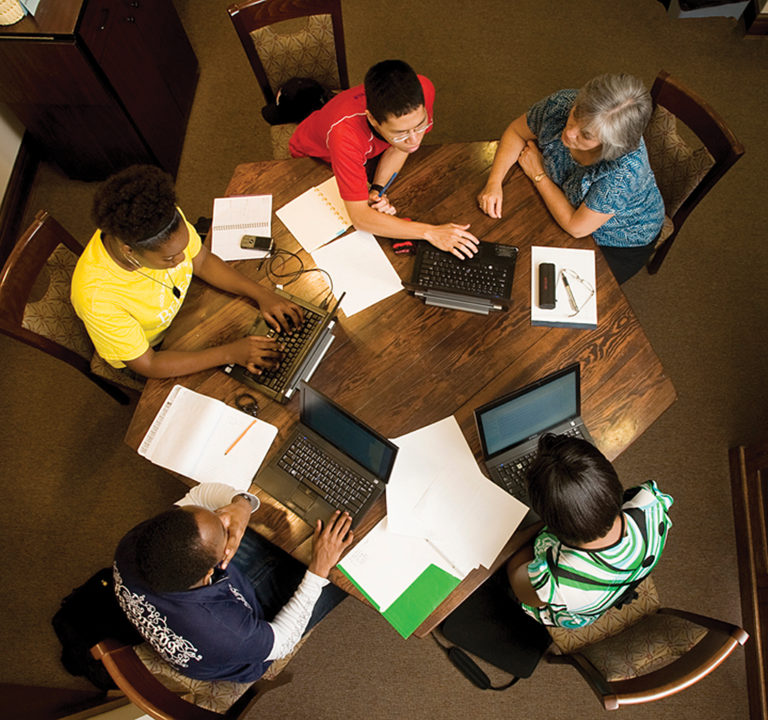The Value of a Liberal Arts Education
There are two types of people in the world—those who believe there are only two types of people and those who don’t. Those who don’t likely have a liberal arts education.
Another, likely false, dichotomy: there are degrees that help you get a job, and there are degrees that don’t. The latter, according to some off-campus cynics, is probably a liberal arts degree. On campus, though, you hear something much different. It’s not so much about getting a job—it’s about being the best possible version of yourself in whatever job you’re doing.
At Berea, it’s about making a better _____ (insert job here). It’s about the nurse who connects with patients beyond “where does it hurt?” It’s about computer programmers who ask important ethical questions about the technology they’ve created. And it’s about the scientist who thinks about things “beyond the bench.”
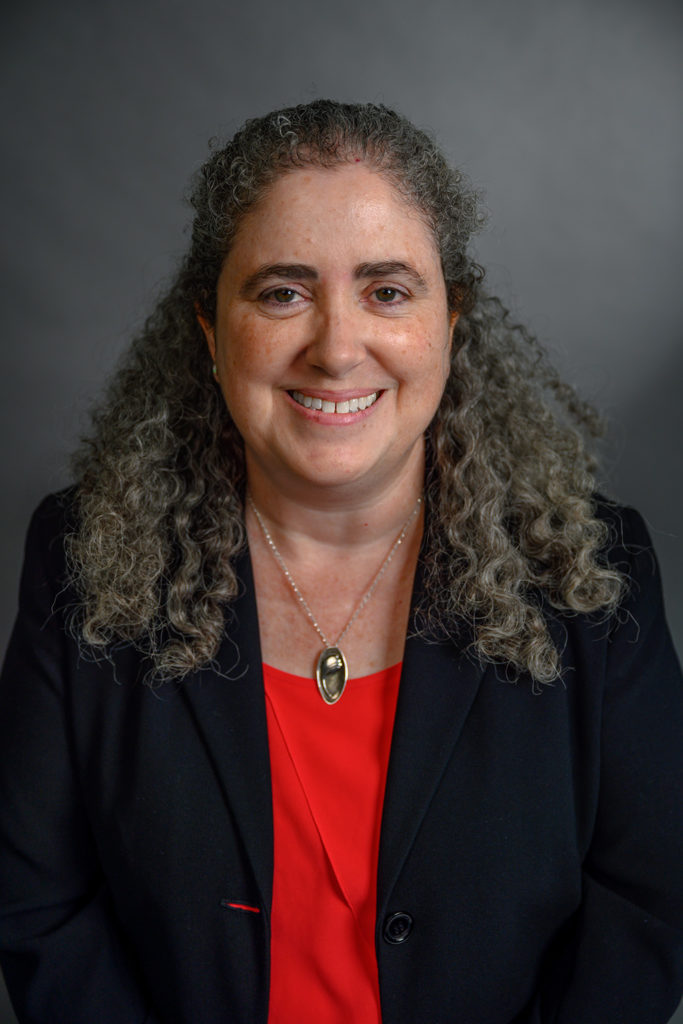
“The liberal arts is about educating the whole person,” said Dr. Eileen McKiernan Gonzalez, Berea College associate provost and professor of art history, “thinking about what an informed citizen should be in the world, understanding the world we live in, understanding our political systems, the importance of culture, the arts, expanding the way we think. It’s training beyond a profession. It’s more about the person and expanding a mind that can then delve into other areas.”
Those other areas may include grand questions about the meaning of life or something more earthbound, like handling a disagreement. The liberal arts address these issues while teaching that, along with there being more than two kinds of people in the world, there are more than two kinds of people in each person.
Dr. Matthew Saderholm ’92, dean of faculty and professor of chemistry, suggests each person is a unique amalgamation of increasingly selective identities like “human,” “mother,” “Kentuckian,” or “scientist,” and the liberal arts (arts, humanities, social sciences, and natural sciences) bring meaning to those identities.
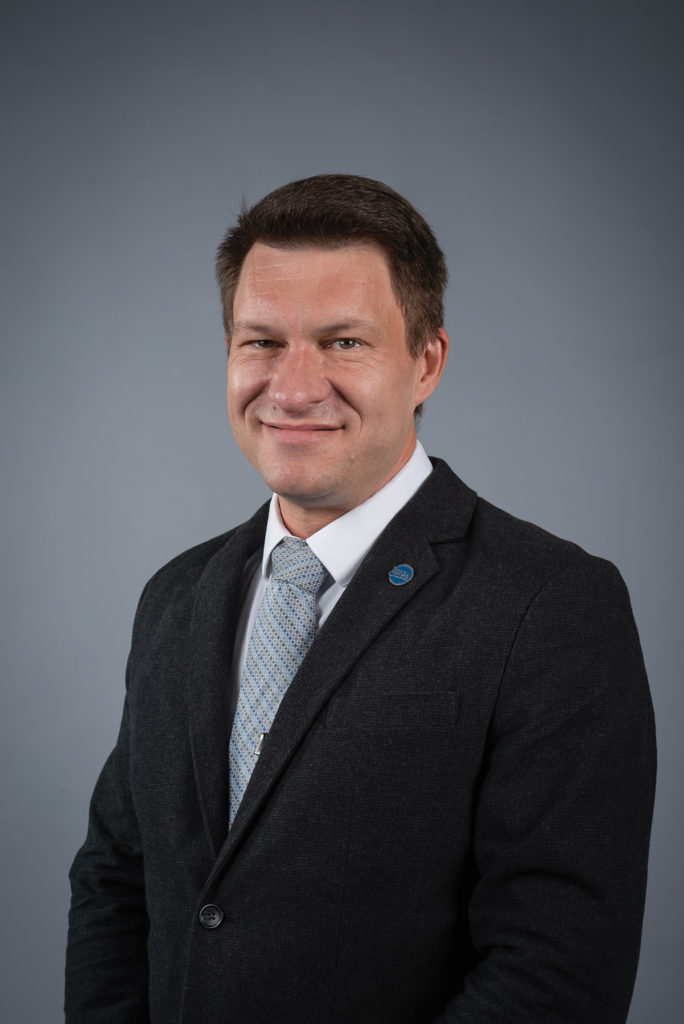
“The liberal arts collectively are needed,” he said. “While the social and natural sciences explain the physical universe and how our bodies function and interact, they do not provide essential aesthetic or spiritual meaning to our myriad identities. We need all the liberal arts to understand what it means to be human.”
Understanding what it means to be human, beyond its philosophical merits, is also practical. Critical thinking and communication skills make for better connections between people. “Making that human connection in all professions,” McKiernan Gonzalez said, “is an important aspect of not just having a good life, but also being a good member of a business, corporation, an institution, whatever direction you go in. Those kinds of connections become really important.”
The connections are important whether you are a doctor, a plumber, engineer or schoolteacher. For Dr. José Pimienta-Bey, associate professor of African and African American Studies, the liberal arts teaches us there is something more to our existence than figuring out how to make a living.
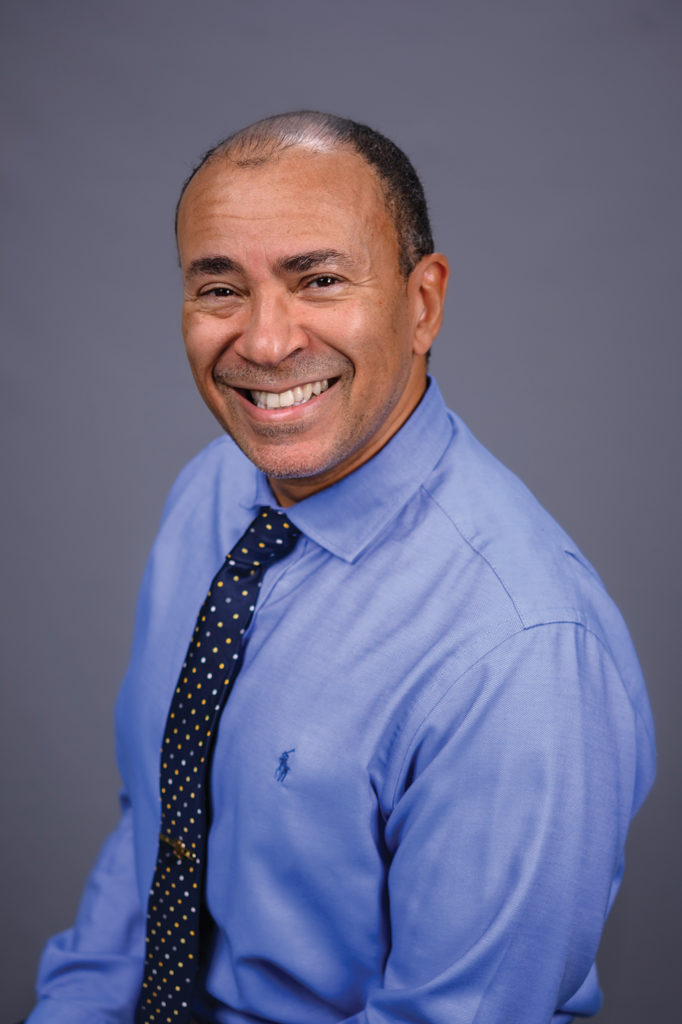
“It’s also about seeing our interdependence and interconnectedness with each other,” he said. “The value is in recognizing that there is a diversity of human expression, and that diversity of human expression should be acknowledged so that we can build greater cohesion within an already dangerously fragmented world.”
Pimienta-Bey reminisces about his own undergraduate education and, in particular, the professor who taught him the Sanskrit word Namaste. “That means I see the divinity in you, and I don’t see you as other; I see you as an extension of myself. Things like that come out of liberal arts. Faculty members, such as she, encouraged me to see the best in diverse cultures and people.”
Though it sounds metaphysical, thoughts of human connectedness have practical applications for any profession. The computer scientist, for example, must think beyond the algorithm one creates, according to Dr. Scott Heggen, associate professor of computer science.
“When we do computer science,” he asks, “are we thinking about people and the world as we’re doing it? If I’m testing an algorithm to detect a face, it’s detecting my skin tone. Am I considering other people’s skin tone?”
While the social and natural sciences explain the physical universe and how our bodies function and interact, they do not provide essential aesthetic or spiritual meaning to our myriad identities. We need all the liberal arts to
understand what it means to be human.
Dr. Matthew Saderholm ‘92
It has become an important question as Facebook’s facial recognition software showed a bias toward white males and a poor ability to recognize the faces of Black women. “The value of a liberal arts education,” said Heggen, “is that it makes you think about people outside yourself when you’re doing the work you’re doing. With every new development in computer science comes a sense of ethics.”
Also, according to Dr. Jason Strange, associate professor of general studies and chair of the peace and social justice studies department, the critical thinking enabled by a liberal arts education can serve as a kind of self-defense.
“We live in a society where if you’re not educated, if you’re not connected with the basic findings of scholars and scientists, it leaves you individually, and it leaves us collectively, unable to defend ourselves,” Strange said.
Education as self-defense is exemplified by a simple trip to the grocery store. If a person is unaware of manipulative marketing practices, one may interpret juice that says “no sugar added” as being a healthier choice, though there may be a lot of sugar in the juice naturally. Education helps a person defend against misinformation.
“A big chunk of the population is not able to defend themselves from false claims,” he said.
And finally, there is the idea of adaptability. The world changes quickly, and a liberal arts education enables a person to change with it.
“The value of a Berea education,” Saderholm explains, “is preparing you for what you don’t expect. The world your parents grew up in, the world that you see right now is not going to be the world that you’re confronted with in five, 10, 15 years.”
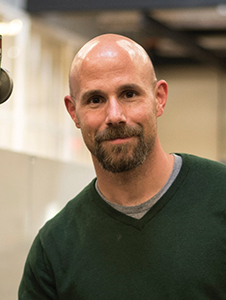
Dr. Mark Mahoney, associate professor of engineering technologies and applied design, concurs with Saderholm’s assessment of the present and future rapid pace of change that necessitates a flexible mind.
“Technology as an industry changes constantly,” he said, “and if you’re only trained in one or two certain facets of it, then you have to pick up the slack and learn it on your own. Our students, because of the breadth [of education], tend to be much more able to adjust.”
This aspect of the liberal arts has been said to be training for jobs that do not yet exist. The ability to adapt, communicate and think about ethical concerns may be why a liberal arts graduate actually earns more over time than graduates from other kinds of institutions that focus solely on vocation. According to a recent study from Georgetown University, the 40-year return on investment for a liberal arts degree is nearly $200,000 more than degrees from all institutions as a whole.
Making a better _____, then, isn’t so much about the job that fills the blank as it is about the person who does, the multiple types of people that person will have to work with, the problems that arise and the ability to solve them. The liberal arts, beyond mere vocational training, prepares students for the
world as it is and as it will be, even should be.


